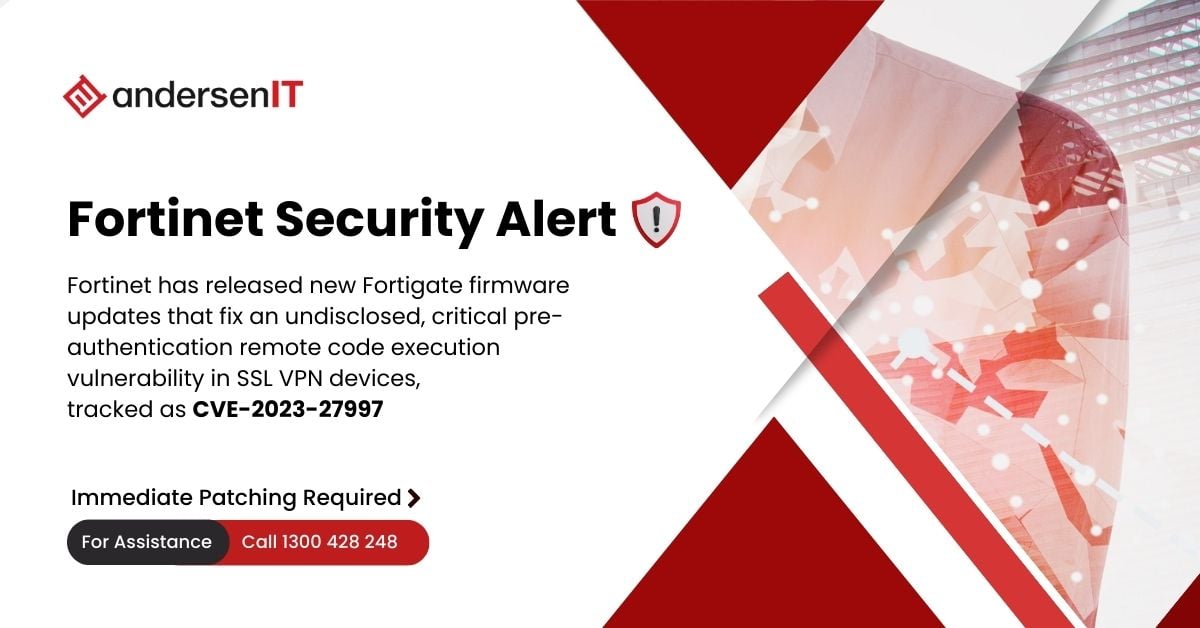1 min read
Critical Security Update: Fortinet Releases Essential Patch for Fortigate Firewalls (CVE-2023-27997)
Fortinet recently addressed multiple versions of its FortiOS operating system, which powers Fortigate firewalls and other devices. This update...
.jpg)

.jpg)
.jpg)